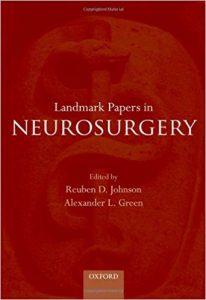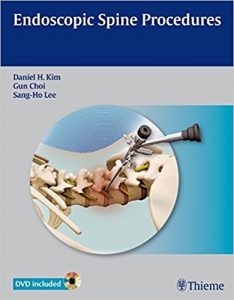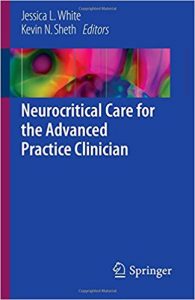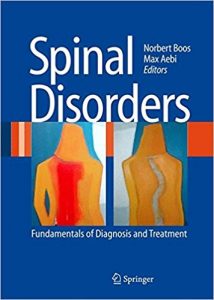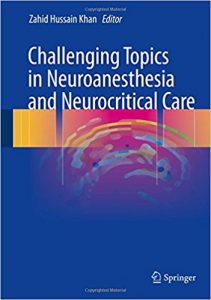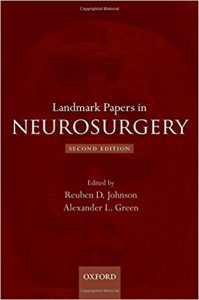Nongynecologic Cytopathology: A Practical Guide (Essentials of Diagnostic Pathology)
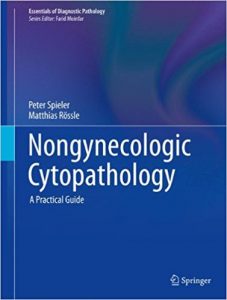
[amazon template=iframe image2&asin=3642247180]
This manual for diagnostic cytologists offers detailed guidance on diagnostic problems likely to be encountered in everyday practice. It encompasses exfoliative and aspiration cytology of all major nongynecologic body sites. Each chapter opens with an algorithm that presents the reader with the relevant microscopic findings, the most important additional findings, and the differential diagnostic possibilities and problems in a clear and easily remembered form. Another important feature is the wealth of high-quality color photomicrographs, which clearly document the visual appearances of the most important lesions and highlight the differential diagnostic difficulties. The accompanying text contains helpful general remarks and presents further relevant information on diagnostics, differential diagnostic procedures, and auxiliary methods. Besides established cytologists and pathologists, cytopathologists in training and cytotechnologists will find this book to be a valuable aid.



